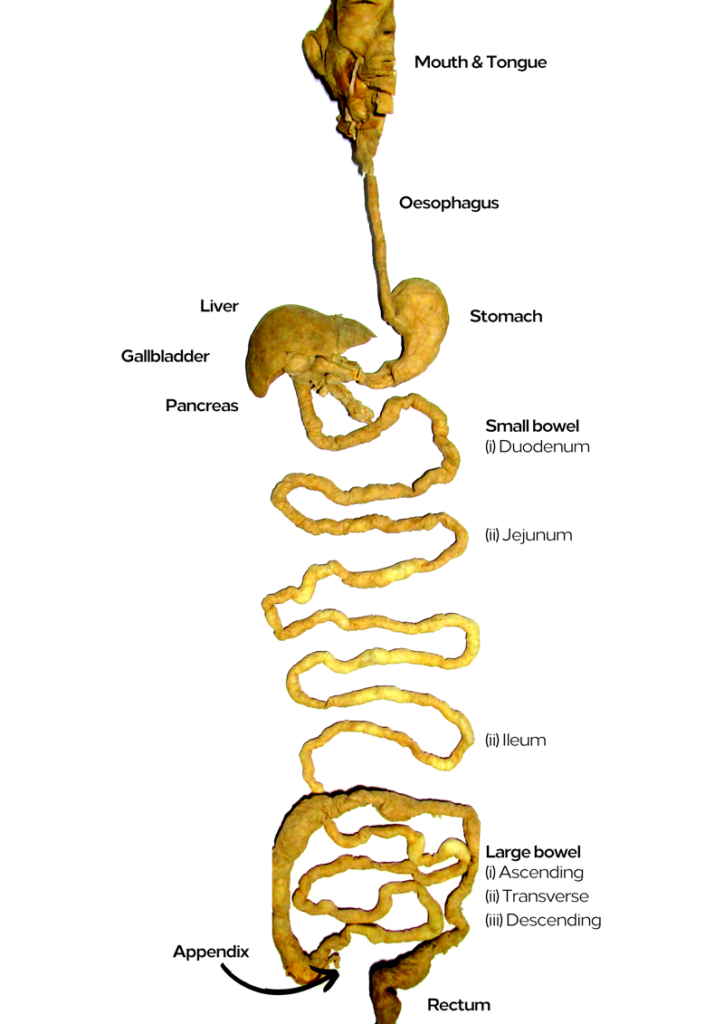The Exhibition
EXHIBITION FLYER
BODY SYSTEMS
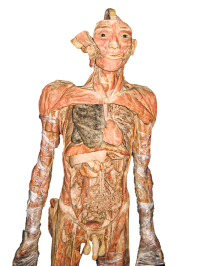
NERVOUS SYSTEM
Brain
Spinal Cord
Peripheral Nerves
INTEGUMENTARY / EXOCRINE SYSTEM
Hair
Skin
Nails
MUSCULOSKELETAL SYSTEM
Cartilage
Bones
Joints
Skeletal Muscles
Tendons
DIGESTIVE / EXCRETORY SYSTEM
Stomach
Liver
Gall Bladder
Large Intestine
Small Intestine
REPRODUCTIVE SYSTEM
Uterus
Mammary Glands
Penis / Vulva
ENDOCRINE SYSTEM
Pituitary Gland
Thyroid Gland
Pancreas
Adrenal Glands
Testes
Ovaries
CARDIOVASCULAR / CIRCULATORY SYSTEM
Heart
Blood Vessels
RESPIRATORY SYSTEM
Nasal Passage
Trachea
Lungs
IMMUNE / LYMPHATIC SYSTEM
Thymus
Lymph Nodes
Spleen
Lymphatic Vessels
RENAL / URINARY SYSTEM
Kidneys
Urinary Bladder
Placenta - Endocrine System
The endocrine system is the collection of glands that produce hormones that regulate metabolism, growth and development, tissue function, sexual function, reproduction, sleep, mood and many other things.
Part of the endocrine system, the placenta is a temporary organ that develops in the uterus during pregnancy. It connects the developing fetus via the umbilical cord to the uterine wall to allow nutrient uptake, thermo-regulation, waste elimination, and gas exchange via the mother’s blood supply; to fight against internal infection; and to produce hormones which support pregnancy.
FUN FACT:
The Māori of New Zealand traditionally bury the placenta from a newborn child to emphasize the relationship between humans and the earth.
Human Foetus
The unborn offspring that develops from an embryo. In human prenatal development, fetal development begins from the ninth week after fertilization and continues until birth.
A foetus is characterized by the presence of all major body organs. At the start of the fetal stage, the fetus is typically about 30 millimeters in length with the head making up almost half of the total size. Breathing like movements take place but rather than for obtaining oxygen these movements are necessary for the stimulation of lung development. The heart, brain, hands and feet and other organs are present however they are only at the beginning of development and have minimal operation.
FUN FACT:
The mood or emotions of the mother determine how the developing brain gets hardwired. This happens because neurotransmitters and hormones travel across placenta to the fetus’ developing brain through the bloodstream.
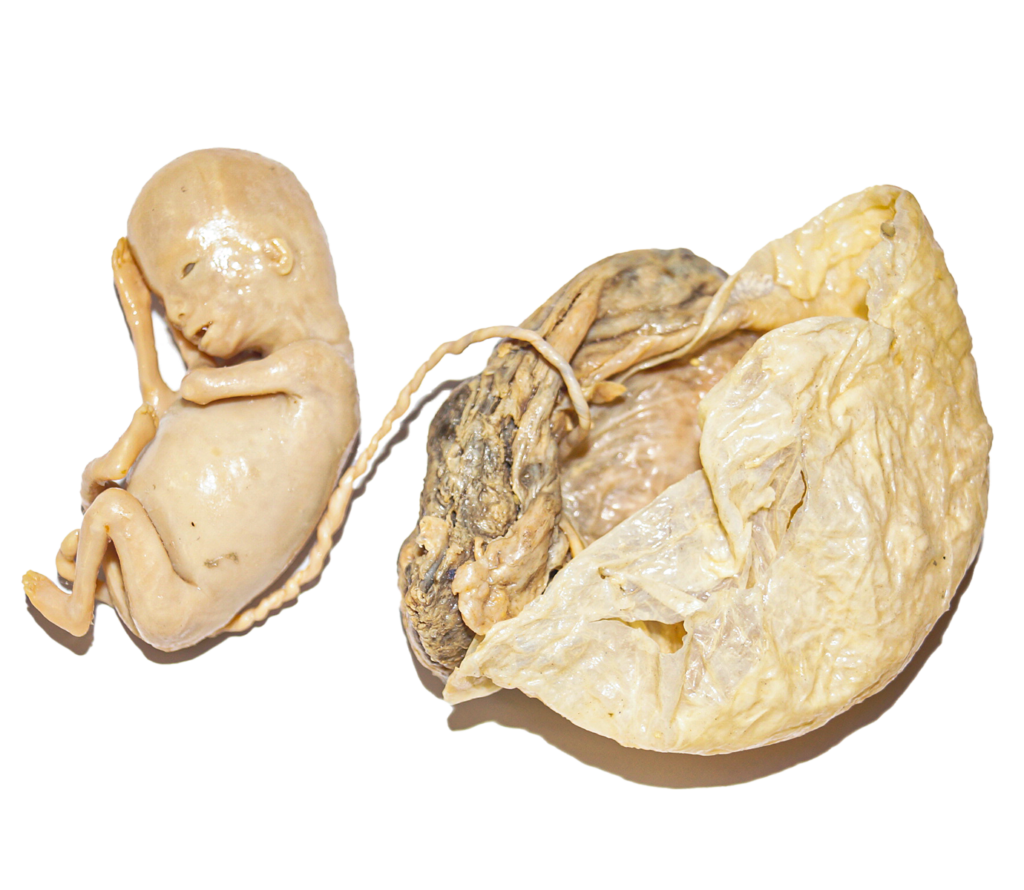
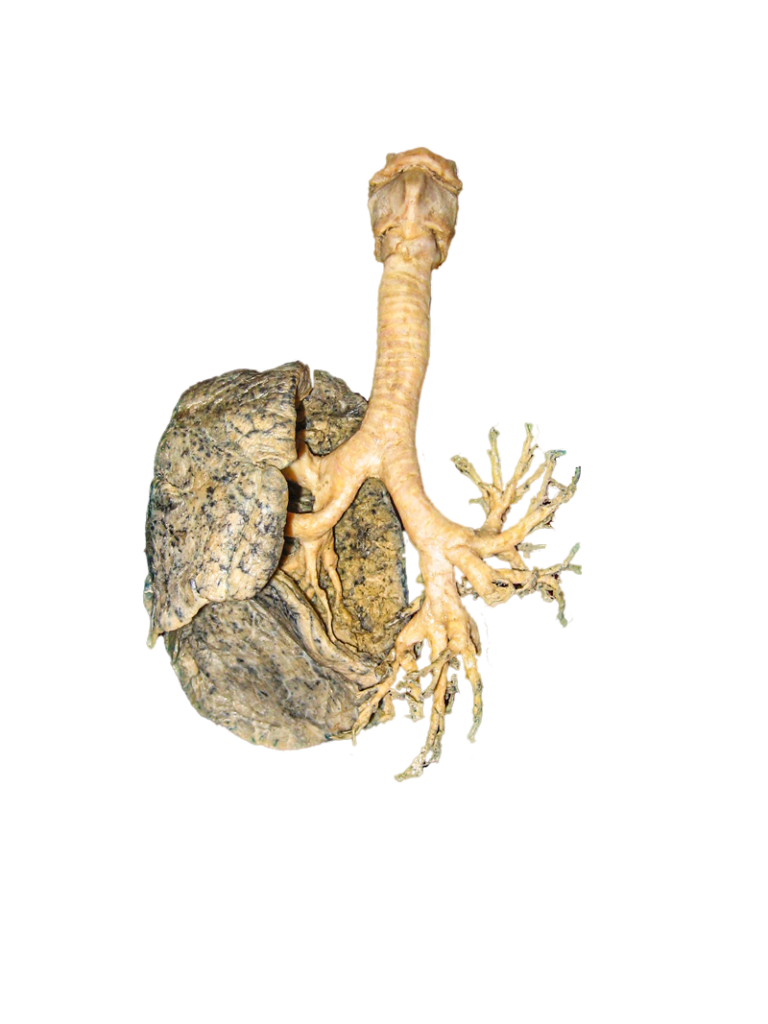
Lung - Respiratory System
The respiratory system takes oxygen from the environment and converts it into a form that cells can use.
In humans, that means that our lungs take in oxygen, and rapidly diffuse it into the blood. The lungs accomplish this by passing large amounts of blood over gas exchange membranes; the body’s whole blood volume passes over these membranes about once per minute!
It could be argued that the respiratory system is one of the body’s most important. Without oxygen to fuel cellular respiration, cells begin to die within minutes.
FUN FACT:
What do lungs and a tennis court have in common? Their size! It seems pretty impossible, but if the lungs were opened flat they would be so big that they would cover the size of a tennis court!
Gastrointestinal Tract - Digestive System and Excretory System
The digestive system absorbs nutrients and removes waste via the gastrointestinal tract, including the mouth, esophagus, stomach and intestines. When food enters the body, it is first chewed by the mouth to break it down, once swallowed it enters the stomach where it is treated with acids and enzymes to breakdown the food’s components into more useful forms.
Finally, food passes through the intestines by being squeezed through the huge surface area of narrow tubes that squeeze out as much nutrients from the food as possible. The liver then helps by releasing substances that assist the stomach and intestines to breakdown food and breakdown toxic substances in the blood.
The digestive/extretory system then expels solid waste components that our body can’t use in the form of fecal matter.
FUN FACT:
Big is small and small is bigger. The small intestine stretches out to 700 cm whereas the large intestine is only 121 cm long.
